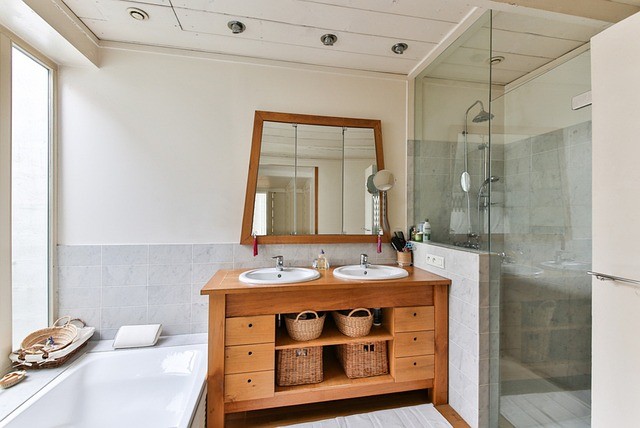Choosing the right wood for your home furniture is crucial to ensure durability, aesthetics, and functionality. Here’s a guide to help you choose the best wood for your furniture:
1. Hardwood vs. Softwood
Decide whether you want hardwood or softwood for your furniture. Hardwoods like oak, mahogany, maple, and cherry are known for their strength, durability, and natural beauty. Softwoods like pine, cedar, and fir are typically less expensive but can still be used for furniture with proper treatment.
2. Durability
Consider the level of durability you need for your furniture. Hardwoods are generally more durable and resistant to wear and tear, making them suitable for high-traffic areas. Softwoods can be less durable but can still work well for less frequently used furniture or when combined with appropriate construction techniques.
3. Grain Pattern
Examine the grain pattern of the wood and determine the look you want to achieve. Some woods have prominent and distinct grain patterns, while others have a more subtle or even grain. The grain pattern can significantly impact the visual appeal of the furniture.

4. Color and Finish
Different woods offer a range of natural colors, from light to dark tones. Consider the overall color scheme and style of your space when selecting the wood. Keep in mind that wood can also be stained or finished to alter its color or enhance its natural beauty.
5. Workability
Assess the workability of the wood, especially if you plan on doing any DIY projects or customizations. Some woods are easier to work with and can be shaped, carved, or joined more easily than others. If you’re not experienced in woodworking, choosing a wood that is known for its workability can make the process smoother.
6. Maintenance
Consider the maintenance requirements of the wood you choose. Some woods require regular maintenance, such as polishing or oiling, to maintain their appearance and protect them from damage. Others are more low-maintenance and can withstand daily use with minimal care.
7. Sustainability
If environmental sustainability is important to you, research the source of the wood and whether it comes from responsibly managed forests. Look for woods certified by organizations such as the Forest Stewardship Council (FSC) that ensure sustainable forestry practices.
8. Budget
Determine your budget and find wood options that align with it. Keep in mind that certain hardwoods can be more expensive due to their rarity, quality, or demand.
9. Research and Consultation
Research different wood species, their characteristics, and recommended applications. If needed, consult with professionals or experienced woodworkers who can provide insights and recommendations based on your specific requirements.
10. Quality and Craftsmanship
Ensure that the furniture you choose is made with high-quality wood and craftsmanship. Pay attention to details like joinery, finish, and overall construction to ensure the longevity and durability of the furniture.
By considering these factors, you can choose the best wood for your home furniture that not only matches your style and budget but also meets your functional and aesthetic needs. Remember to properly care for and maintain your wooden furniture to ensure its longevity and beauty over time.










